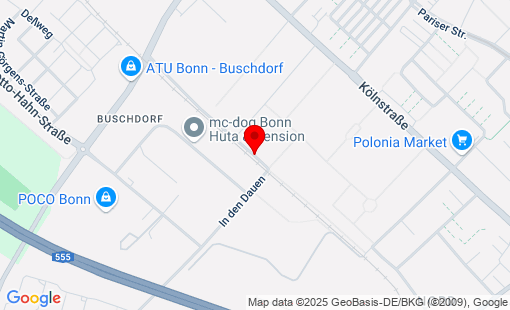Germany
Bonn, Nordfriedhof
Total Occupation: 2.160 fatalities
Total Occupation: 2.160 fatalities
War cemetery Nordfriedhof Bonn In Bonn and its districts, 3,517 victims of war and tyranny rest on 21 war cemeteries. Larger sites are located at the North Cemetery, in Beuel, Duisdorf and Plittersdorf. Soon after the start of the First World War, the first hospital trains arrived home from the front. Alongside other cities, such as Duisburg, Bonn also became a military hospital city. Around 67,000 wounded soldiers were cared for in Bonn and the surrounding area. 1.057 soldiers died, 569 of whom were buried in the North Cemetery, including 160 sons of the city. The victims of the first air raid on Bonn on October 31, 1918 are also buried here. In the course of the war, people of many different nations, races, languages and religions were buried in this cemetery of honour, as it was now called, including deceased prisoners of war from Russia, Serbia, Italy and Portugal. After the war, Bonn was occupied by foreign troops for years, who also buried their dead in the North Cemetery. In addition to 100 French war dead, 177 Moroccans were also buried here. The British who died in Bonn were buried in the Poppelsdorf cemetery. The occupying troops took their dead home with them when they left. However, the British left the graves of three fallen Sikhs (Indian religious community, militarily organized) from the First World War in the North Cemetery (from the high cross on the far right, section 21). The plan to build a hall of honour, in which the names of all 2,723 fallen and 2,187 missing from the city of Bonn were to be listed, had to be abandoned at the end of the 1920s due to a lack of funds. At the end of the Second World War, Bonn was also caught up in the chaos of war. Around 2,000 war dead were laid to rest in the North Cemetery. They were soldiers who had fallen in the final battles in Bonn and the surrounding area or died in Bonn's military hospitals, foreign workers and victims of the bombing campaign and prisoners of war, including 81 Russians, who were buried in a separate field marked by a stone stele with an Orthodox cross. In 1949, 1953, 1966, 1970 and 1980, the cemetery underwent design changes and was given its current appearance. Soon after the war, an 8 m high cross was erected from the wood of an old Kottenforsteiche pond on an altar-like base. Later, the wooden cross was covered with a shimmering golden aluminum cladding by the training workshop of Vereinigte Aluminiumwerke in Bonn. In 1980, a memorial plaque was erected in front of the cross, which had previously stood in the courtyard garden: "To the victims of war and tyranny". It was there and is now a memorial in the North Cemetery for wreath-laying ceremonies by foreign guests of state. French President Valéry Giscard d'Estaing was the first foreign head of state to lay a wreath at the North Cemetery. Even though official wreath-laying ceremonies have been held at the memorial in the "Neue Wache" in Berlin since 1991, foreign dignitaries lay their wreaths at the North Cemetery when they visit Bonn. in 1976, the first international youth meeting of the German War Graves Commission for the care of war graves took place at the North Cemetery. For over 20 years, these youth meetings, which received great support from the city of Bonn, were an annual fixture. The memorial section of Bonn's North Cemetery was officially dedicated on May 19, 1970.
